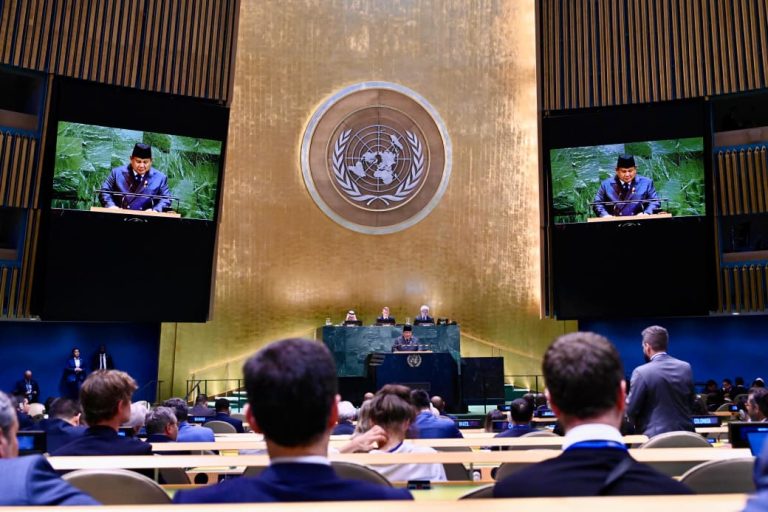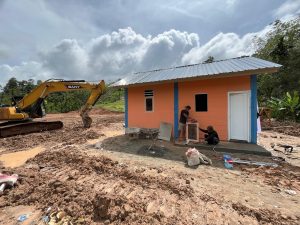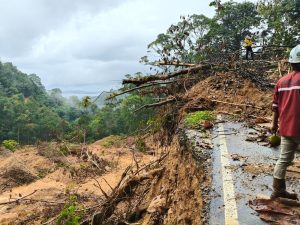Jakarta – The Institute for Essential Services Reform (IESR) believes that the government’s commitment, as reflected in the Second Nationally Determined Contribution (Second NDC) document, is not in line with the commitment made by the President before the UN General Assembly.
“The unconditional emission reduction target is lower by 8 per cent, while the conditional target is lower by 9–17 per cent outside the forestry and land use sectors. This means that we are still far from the 1.5°C pathway,” explained Fabby Tumiwa, Chief Executive Officer (CEO) of IESR, on Wednesday, September 24.
President Prabowo Subianto at the UN General Assembly on Tuesday, September 23, pledged to accelerate the achievement of net-zero emissions (NZE).
The Second NDC is a national climate policy document for the period 2031–2035, and will serve as Indonesia’s reference in fulfilling the Paris Agreement. However, according to the results of public consultations in August 2024, the emission reduction targets set in the Second NDC are relatively stagnant compared to the previous Enhanced NDC.
Too much focus on forestry
Fabby said the government should be more serious about reducing emissions from the energy sector, rather than relying solely on the forestry and land use sector (FOLU).
“If we want to be in line with the Paris targets, our renewable energy mix must be 40-45 per cent in 2030 and 55 per cent in 2035. The President’s instruction regarding the construction of 100 GW of solar power plants and batteries is indeed positive, but its implementation is still unclear,” he said.
Additionally, PP No. 40/2025, which enacts the newly established National Energy Policy, according to IESR, remains inconsistent with the 1.5°C roadmap.
To strengthen Indonesia’s climate credibility, IESR proposes four key recommendations: first, peak emissions in 2030 and NZE in 2050. The government needs to set a peak in emissions by 2030 and achieve net zero by 2050 at the latest across all economic sectors—more ambitious targets. Second, the emission reduction plan in the Second NDC must be reviewed to ensure it is fair and in line with the 1.5°C pathway. Climate Action Tracker recommends emission levels of 860 million tons of CO₂e in 2030 and 720 million tons of CO₂e in 2035 (excluding FOLU).
Third, certainty before COP-30. Indonesia needs to submit its latest NDC to the UNFCCC by the end of September 2025 at the latest to demonstrate its commitment before COP-30 in Brazil.
Fourth, strengthening climate diplomacy. Indonesia must be more proactive in the G20 and BRICS forums to encourage ambitious mitigation and support the Brazilian Presidency’s agenda. (Hartatik)
Banner photo: President Prabowo Subianto speaking at the UN General Assembly on Monday, September 22, 2025. Source: BPMI Setpres/Laily Rachev














